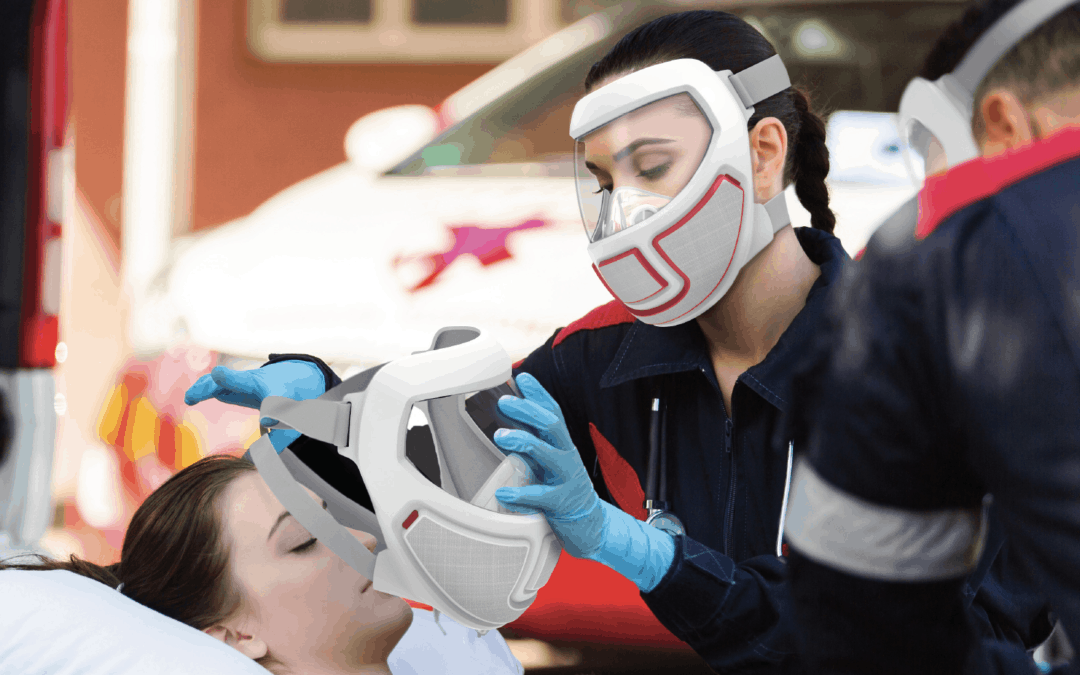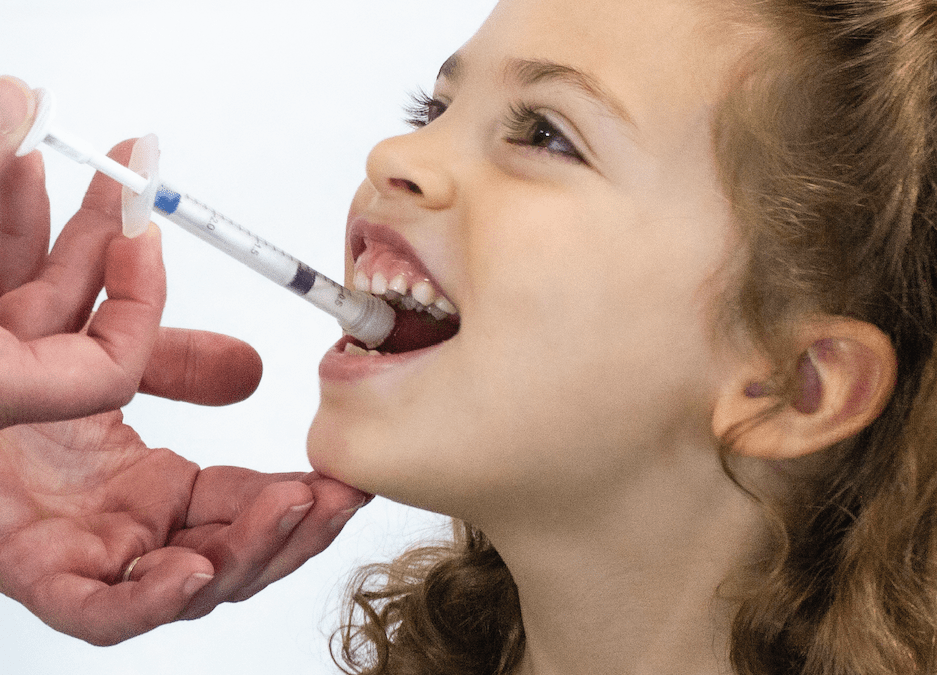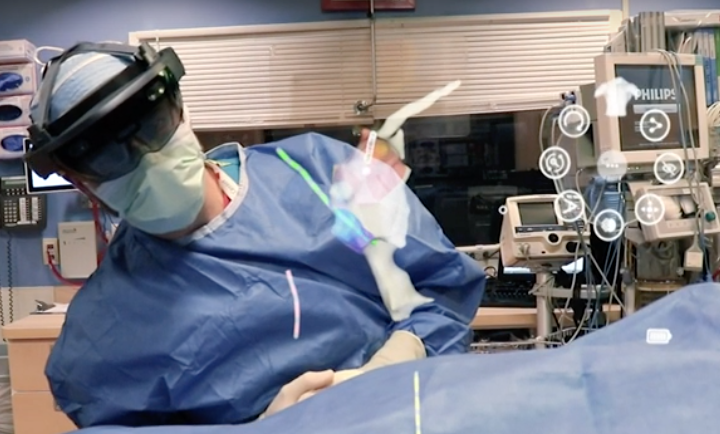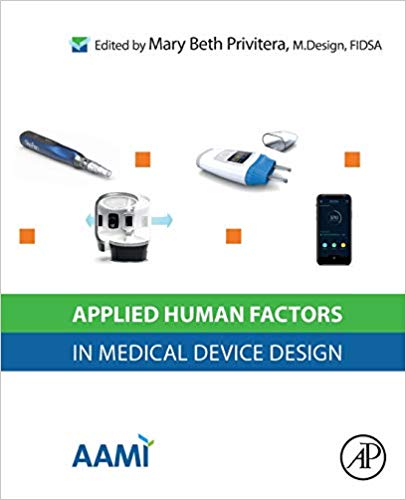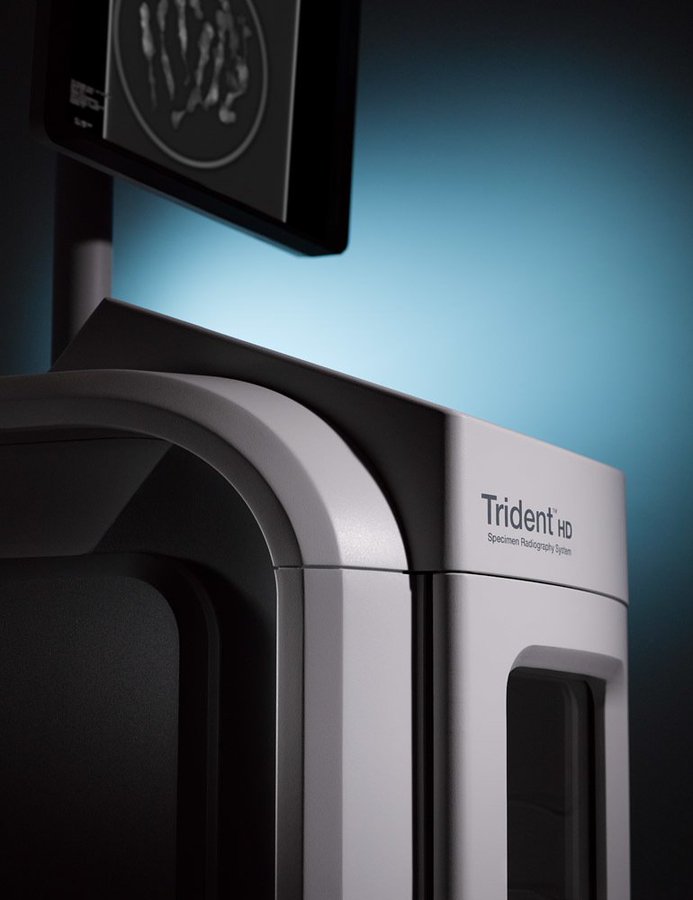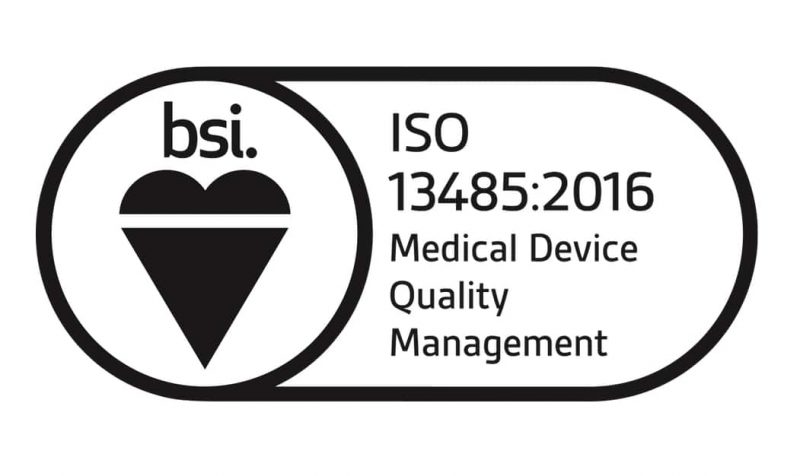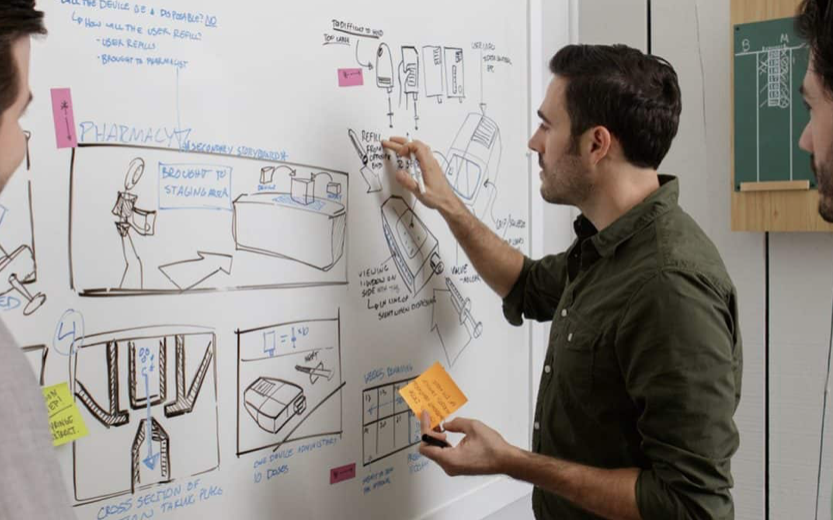Human factors and risk create a lot of confusion in the medical device industry. What do you need to do from a design control perspective?
Mary Beth Privitera, principal - human factors at HS Design and AAMI Human Engineering Committee co-chair describes the similarities and differences between human factors vs. design validation in a Greenlight Guru Podcast.
Learn more by listening to the Global Medical Device Podcast here: https://soundcloud.com/medical-device-podcast/design-validation-vs-human-factors-validation
Mary Beth Privitera, Principal – human factors at HS Design and AAMI Human Engineering Committee co-chair discusses the similarities and differences between human factors vs. design validation. The in-depth podcast with Greenlight Guru includes:
- What constitutes human factors validation? It involves an international standard and FDA guidance on rules that medical device professionals need to follow.
- Design validation focuses more on what’s expected during the audit of a human factors file if you have a product that is a high risk for harm or injury.
- Most companies don’t know how to intertwine human factors within design and development practices. Use common sense to make a good product design.
- FDA helps developers understand what they need to do and document early on during the design process to avoid validation issues with a product later on.
- Past sales criteria is a major difference between design and human factors validation because it’s difficult to define and measure ease of use.
- Understand all elements that could impact a product’s design. Study your users and use environment before identifying and fixing design issues.
- A task analysis identifies each step users need to take and serves as evidence that you considered their needs and made necessary compromises.
- Mary Beth busts myths related to human factors and design validation, such as needing three people to evaluate and provide feedback on your product’s design.



